- Home
- slideshows
- miscellaneous
- 10 CEOs that started in entry-level positions at the companies they now lead
10 CEOs that started in entry-level positions at the companies they now lead
Mary T. Barra started on the assembly line at General Motors. Now, she's the CEO and chairman of the auto company.

Doug McMillon loaded trucks at a Wal-Mart distribution center as a teenager. Now, he's the CEO of the retail company.
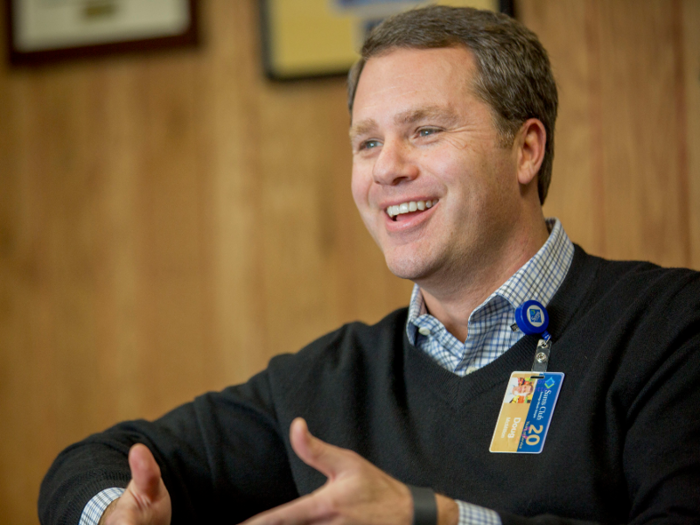
In 1984, high schooler Doug McMillon took a job loading trucks at a Wal-Mart distribution center so that he could earn money for college. At the time, he earned $6.50 an hour. Since then, he rose through the ranks at the company, taking on titles like assistant store manager, buyer in merchandising, and CEO of Sam's Club. In 2014, he was named CEO of Wal-Mart.
"Having been here a long time, I think I had the feeling that I knew what responsibility felt like," McMillon told Fortune in 2015. "And then you move into the role and you find out there's a whole 'nother level of it."
Bob Iger started as a weatherman on a local ABC news station. Today, he is the CEO of the Walt Disney Company.
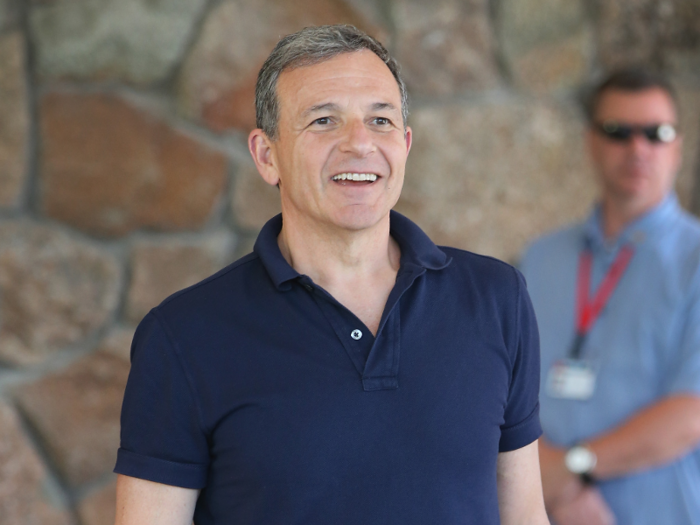
In 1973, Rober Iger started his career as a weatherman at a news station in Ithaca, New York. He then moved to New York City where he became a studio facility supervisor at ABC, which is owned by the Walt Disney Company. He then moved on to ABC Sports and later to the head of programming at ABC. In 2005, Iger was named CEO of the company.
"What I've really learned over time is that optimism is a very, very important part of leadership," Iger told the New York Times in 2009. "However, you need a dose of realism with it. People don't like to follow pessimists."
Chris Rondeau started as a front desk receptionist at his local Planet Fitness. Today, he is the CEO of the fitness company.
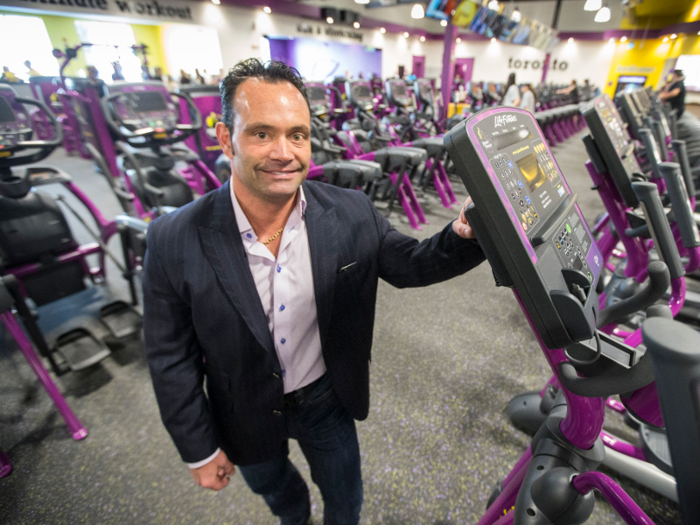
In 1993, Chirs Rondeau joined Planet Fitness as a front desk receptionist in New Hampshire. He rose through the ranks at the company, and in 2013, Rondeau was named CEO of Planet Fitness.
"I started working out when I was 16 -- I was kind of a meathead back then," Rondeau told Entrepreneur. "At 19, I got my first job at the gym working the front desk. I've had many steps along the way from working the front desk to different management roles to the COO role until I became CEO in 2013. Over so many years of doing so, it was kind of like different levels of schooling. You couldn't go from one to the other without having all these different roles in the meantime to learn from."
Michael Corbat started in the sales department of a bank owned by CitiGroup. Now, he's the CEO of the banking company.
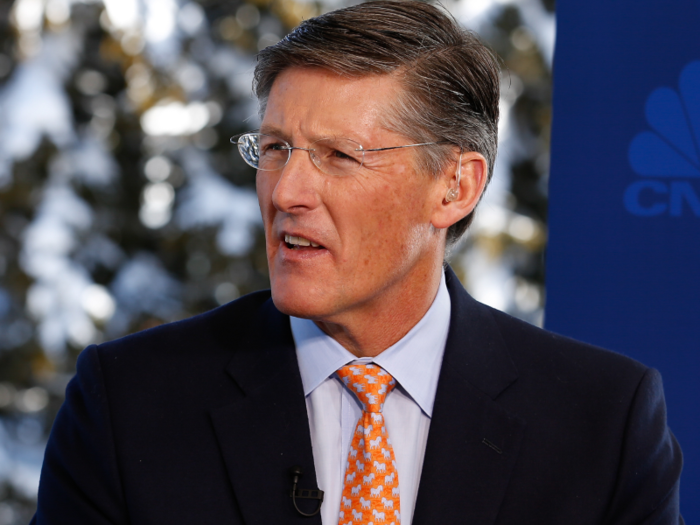
After graduating from Harvard in 1983, Michael Corbat joined the sales department at Salomon Brothers, which merged with Citigroup a few years later. Since then, Corbat has risen through the ranks, becoming CEO of Citi's global wealth management and head of the global corporate. In 2012, he was named CEO of Citigroup.
"Through the grace of God, through hard work, I got to where I am," Corbat told CNBC. "So I am that person that looked up and said maybe if I work hard enough I can get there."
Samuel Allen started as an industrial engineer at John Deere. Now, he's the CEO of the manufacturing company.
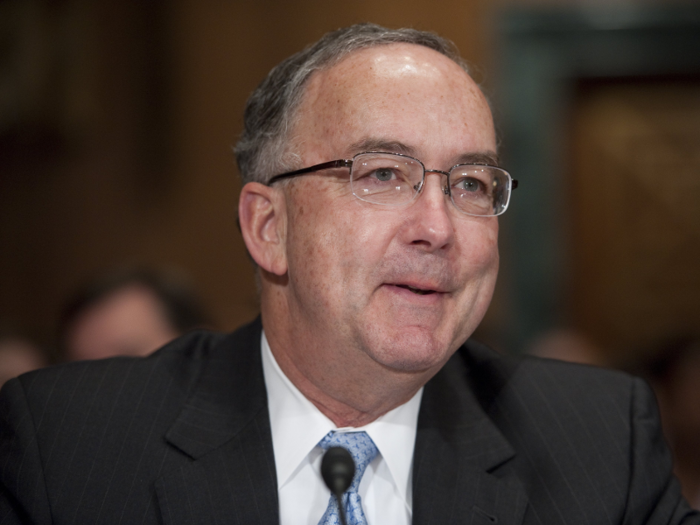
In 1975, Samuel Allen began his career at John Deere as an industrial engineer. Since then, he has become the president of worldwide construction and forest division. In 2009, he was named CEO of John Deere and became chairman of the board.
"I've had the good fortune not only to spend my whole career here, but also to be in a lot of different areas of the company," Allen told Industry Week in 2011. "I spent part of my career in construction and forestry, part of it in the engine business, part of it in the ag business, manufacturing and running geographic regions from a sales/marketing standpoint. So it's been the diversity of exposure and experiences that's been really good from a professional standpoint.
Alex Gorsky started as a sales rep at a Johnsons & Johnson subsidiary. Today, he is the CEO of the pharmaceutical company.
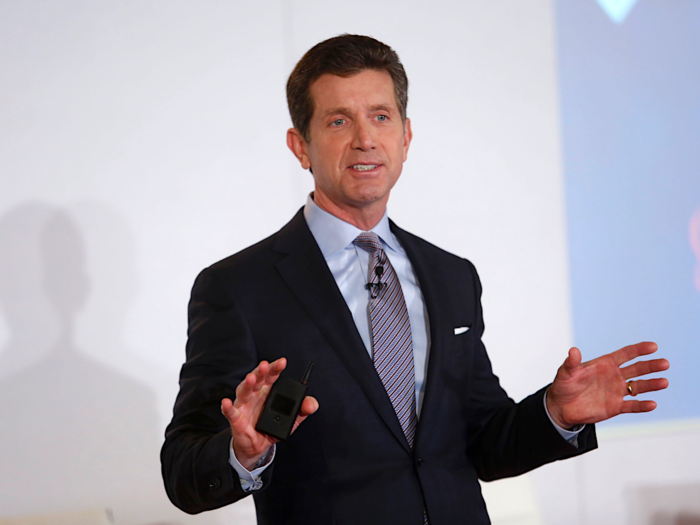
In 1988, Alex Gorsky became a salesman at Janssen Pharmaceutica, a subsidiary of the Johnson & Johnson company. Over the years, he held many titles at the pharmaceutical company with sales and marketing. In 2012, he was named CEO and chairman of Johnson & Johnson.
"Your number one job as CEO is to make sure that you're on the right strategy, that the company is running well, and that you win the hearts and minds of people," Gorsky told the Wharton business school. "You don't need to be a perfect leader, just a great leader that gives a damn."
Greg C. Garland started as a project engineer at Phillips 66. Today, he is the CEO of the manufacturing and gas company.
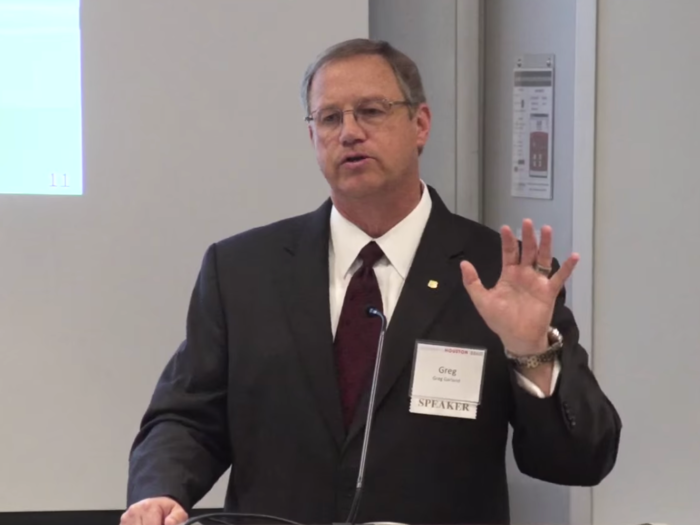
In 1980, Greg C. Garland joined Phillips 66 as a project engineer at the Plastics Technical Center. He moved on to become a sales engineer, a business service manager, and a business development director at the company. In 2011, 22 years after starting at the company, Garland was named CEO and chairman of Phillips 66.
"I graduated 34 years ago as a chemical engineer," Garland said in a speech. "I'm the first person in my family to go to college. My dad was a union guy that worked at Union Car by Texas City and worked his way up to supervision. He said, 'Greg, I don't care what you do, just don't be an engineer.' It was a great decision. I sent him a business card that said chairman and CEO, and he got a kick out of that."
Karen Kaplan started as a receptionist at Hill Holliday. Today, she is CEO of the marketing company.
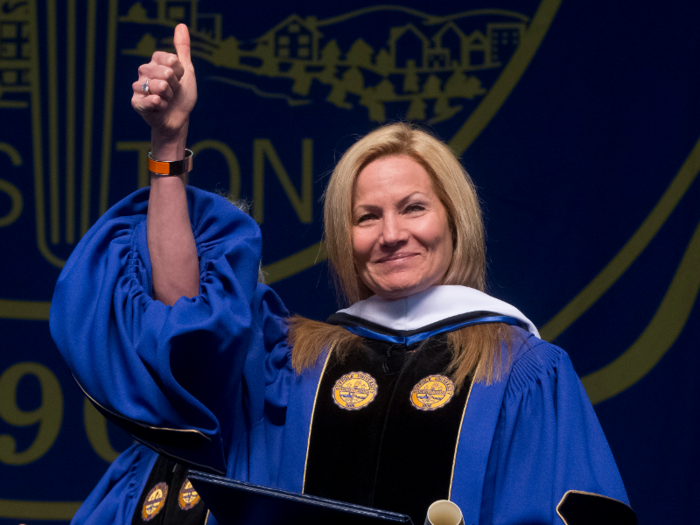
At 22 years old, Karen Kaplan took a receptionist job at Hill Holliday in 1982 to save money for law school. Instead, she rose through the ranks at the marketing company, having 16 different titles. Three decades later, Kaplan was named CEO of Hill Holliday.
"I was going to be the best damned receptionist in history and that's how I approached the job," Kaplan told Fortune in 2014. "I took it really seriously. I didn't just bide my time out there."
Abigail Johnson started answering phones at Fidelity, and today, she is CEO of the investment company.
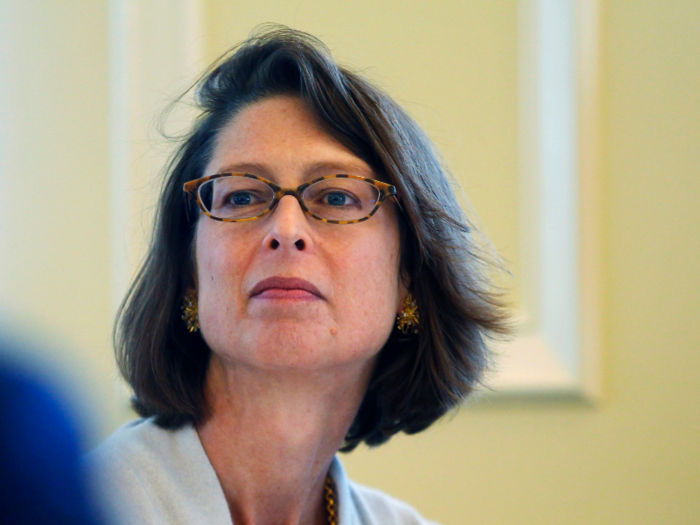
Although Abigail Johnson's father was the longtime CEO of Fidelity, she started at the bottom before taking over her for her father. The summer between high school and college, Johnson took customer orders and talked directly with customers as a service operator. She returned to the company after college as an analyst. Over the years, she took on a number of roles throughout Fidelity, ultimately, being named CEO in 2014.
"I was responsible for filling out the forms to correctly put in order the transactions that they were requesting," Johnson told Fortune. "It was a pretty basic job. But it gave me an appreciation of what it was like to be responsible for really important things in people's lives and making sure that they were always done accurately and correctly."
Popular Right Now
Popular Keywords
Advertisement